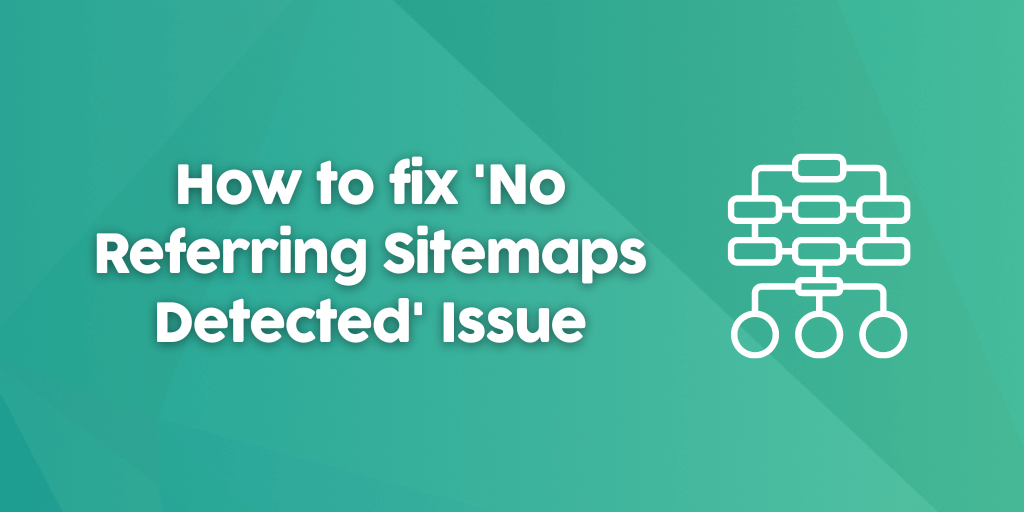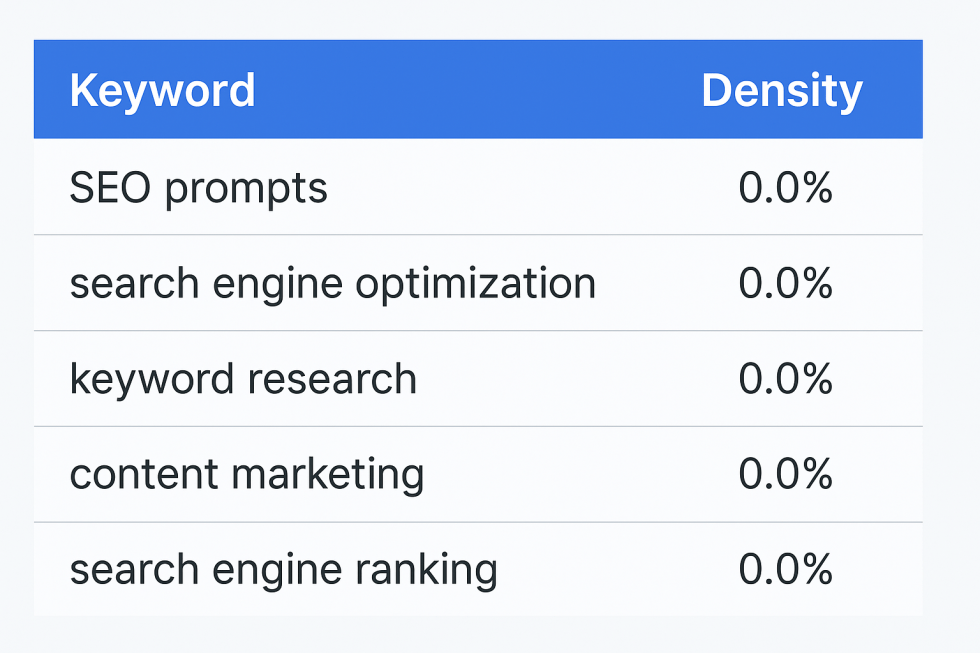
If you’ve logged into Google Search Console (GSC) and seen the message “No referring sitemaps detected,” you might be wondering what it means—and whether you should worry. Don't panic! This issue is common and often easy to fix.
In this guide, we'll break down everything you need to know about the “no referring sitemaps” alert, why it matters for your SEOSEO strategy, and step-by-step instructions to solve it. Whether you're a beginner or an experienced webmaster, you’ll walk away with practical knowledge to improve your site’s visibility on Google
✅ What Is a Referring Sitemap?
Let’s start with the basics.
A sitemap is a file that lists the URLs on your site you want search engines to crawl and index. It helps Google understand the structure of your website.
A referring sitemap is the parent XML sitemap file that “refers” or links to other individual sitemaps, such as:
- Page sitemap
- Post sitemap
- Category sitemap
- Image or video sitemaps
These nested sitemaps are typically used when you have a sitemap index—a primary XML file that organizes and references multiple smaller sitemaps.
⚠️ What Does “No Referring Sitemaps Detected” Mean?
When Google Search Console shows this alert, it means that the sub-sitemap URL was discovered, but Google doesn't see which parent sitemap (if any) it came from.
For example:
https://example.com/sitemap-posts.xml
...was found by Google, but it wasn’t connected to:
https://example.com/sitemap-posts.xml
This might happen because:
- The sitemap wasn’t submitted through GSC
- The sitemap isn’t included in your sitemap index
- The sitemap was submitted directly (not linked from anywhere)
- Google found it through crawling and not by referral
🧠 Why Does This Matter for SEO?
On its own, this message is not a penalty—but it’s a red flag.
Here’s how it can affect your SEO:
- 🟠 **Crawl Prioritization Issues** – Google may not prioritize orphaned sitemaps
- 🔵 **Indexing Gaps** – Poor structure may cause pages to be missed
- 🟣 **Technical [SEO](https://bkthemes.design/seo) Errors** – Signals sloppy site setup
- 🟢 **Wasted Crawl Budget** – Resources spent on low-value URLs
Bottom line: Clean sitemap structures equal better crawlability and indexation.
🔍 Common Causes of the “No Referring Sitemaps” Error
1. You Submitted a Child Sitemap Directly
Instead of submitting your main sitemap index, you may have added a child sitemap like sitemap-posts.xml.
2. Sitemap Index Doesn’t Reference All Sitemaps
Your sitemap index might be incomplete or outdated.
3. Plugin or CMS Misconfiguration
Using plugins like Yoast SEO, Rank Math, or AIOSEO may result in broken sitemap setups after updates.
4. Multiple Sitemap URLs Indexed Independently
Google may have indexed orphaned sitemaps from past crawling or third-party links.
5. You Recently Migrated or Changed Domains
Google might still see outdated or mismatched sitemap paths.
🛠️ How to Fix “No Referring Sitemaps Detected” in Google Search Console
Here’s your action plan:
✅ Step 1: Check Your Sitemap Index Structure
Visit:
https://example.com/sitemap-posts.xml
Ensure this file lists all active sub-sitemaps (e.g., sitemap-posts.xml, sitemap-pages.xml, etc.). If it doesn’t, regenerate using your SEO plugin or add the links manually.
✅ Step 2: Submit Only the Sitemap Index
- Go to **Google Search Console > Index > Sitemaps**
- Remove previously submitted child sitemaps
- Submit only:
https://example.com/sitemap-posts.xml
✅ Step 3: Verify via robots.txt
Check:
https://example.com/robots.txt
Ensure it includes:
https://example.com/sitemap-posts.xml
✅ Step 4: Use the “Inspect URL” Tool
Use GSC’s Inspect URL tool to check individual sub-sitemaps or affected pages for crawl status.
✅ Step 5: Let Google Re-Crawl
After fixing, request indexing for the sitemap index or important URLs. Allow a few days to see changes.
🧰 Tools to Help Diagnose Sitemap Errors
- **Screaming Frog [SEO](https://bkthemes.design/seo) Spider** – Visualize your sitemap structure
- **Ahrefs / SEMrush** – Analyze crawl depth and URL coverage
- **XML Sitemap Validator** – Check syntax and formatting
- **Yoast / Rank Math** – Regenerate and maintain sitemaps
- **Google Search Console** – Your go-to for crawl and indexing insights
✅ Best Practices for Sitemap Management
Keep your SEO clean with these tips:
- Use a **single sitemap index file**
- Submit **only** the index to GSC
- Reference your sitemap in <code>robots.txt</code>
- Update sitemaps after content changes
- Avoid submitting sub-sitemaps separately
- Monitor sitemap health regularly
- Don’t let sitemaps return errors (404/403)
🔄 Should You Worry About This Warning?
Not critically—but don’t ignore it either. An unreferenced sitemap won’t necessarily hurt your rankings, but it can cause inefficient crawling and missed indexing opportunities.
💡 Bonus SEO Tips for Sitemaps
A proper sitemap setup can:
- Help Google find new content faster
- Improve internal linking structure
- Reduce crawl budget waste
- Boost image and video content visibility
- Strengthen news and e-commerce site indexing
📌 Final Thoughts
Seeing “No Referring Sitemaps Detected” may look intimidating, but it’s usually an easy fix. Ensure your sitemap index is well-structured, submit it correctly, and let Google do the rest.
Your sitemap is like a roadmap to your website. If it’s clean and well-organized, search engines will find your content—and rank it—much more efficiently.
Table of Contents
📧 Stay Updated
Get the latest web development tips and insights delivered to your inbox.




